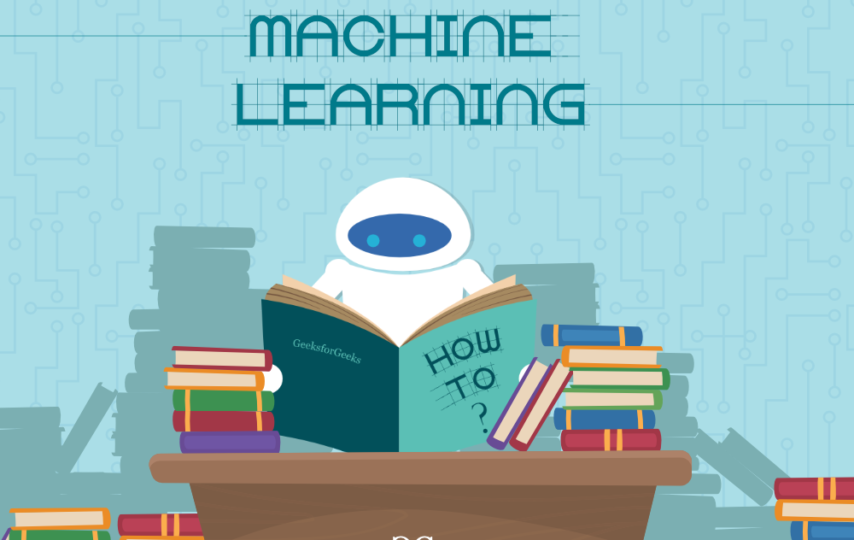Machine learning is one of the hottest topics of discussion in the field of data science. Together with artificial intelligence, it is being used to achieve feats that we thought were impossible. Now it is only a matter of time before machines replace human input in various activities.
Today, tech companies are closer than ever to creating true artificial intelligence. It is projected that by 2022 we will have self-driving cars running on the road. While achieving this great feat still looms in the future, there is an element of artificial intelligence that is doing well already: machine learning.
In this article, we will look into how machine learning has changed over the past years and where it will be in the near future.
What is machine learning?
You might have heard that machine learning and artificial intelligence go hand in hand. They both rely on data, though their ultimate goals might differ. Machine learning involves creating computer algorithms that will enhance themselves automatically by identifying patterns in existing data without human input. Artificial intelligence on the other hand aims at creating a machine that can operate as a human or even better. AI depends on machine learning algorithms.
Machine learning works effectively with data. An algorithm is more precise if the quantity and quality of the data are high. The world we are living on now depends on data. That is why major organizations are actively looking for qualified data science engineers. If you are looking for data scientists, you can check out the Active Wizards website to get in touch with experts to enlist them in your project.
How machine learning has been used in the modern digital industry
Machine learning tools are now heavily used by several companies for different functions ranging from advertising to natural language processing, image and speech recognition, personalization, and predictive analytics.
Personalization
The main goal of personalization is to give your target audience content specifically meant for them. This is one of the areas where machine learning has been largely and successfully applied. Through machine learning, personal information, search engine history, and the kind of content the user interacts with are integrated together to create personalized content. An example of personalization is suggestions of the people you might know on social sites or product suggestions on ecommerce sites.
Image recognition
Through machine learning algorithms, object can now be detected and recognized from images. We have several apps that have integrated the facial recognition feature for authentication purposes. We also have image recognition algorithms that can be used to describe images to those who have sight problems.
What does machine learning hold in the future?
Below are some machine learning applications aimed at further enhancing mobile services in the future.
Neural networks on mobile devices
In 2016, researchers finally made a breakthrough in creating a chip with the ability to run functional neural networks on mobile phones. This news comes as a great development based on the fact that machine learning tasks can be executed locally. This in turn comes with a wide range of possibilities including face detection, speech and object recognition, and many more innovations.
Health and fitness
Many people today use fitness tracking apps and wearables to keep track of their health. There is a possibility of integrating machine learning with these apps so that users can obtain more detailed feedback and tips on how the trackers can be made more effective.





